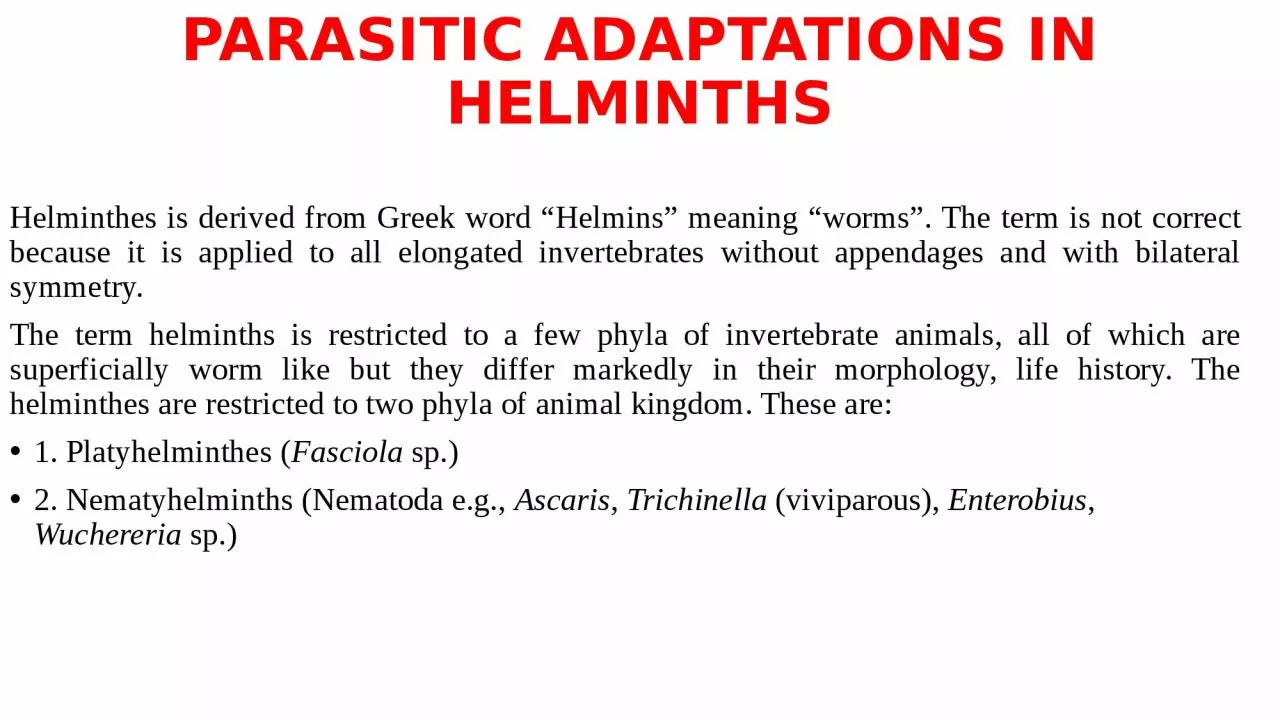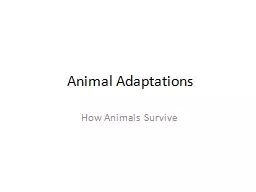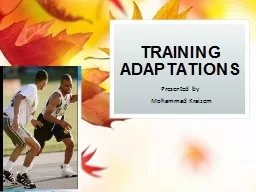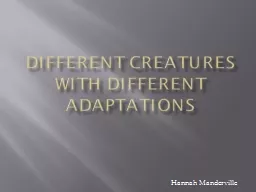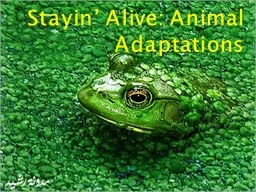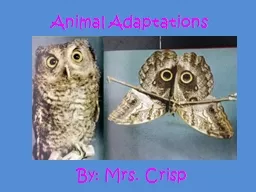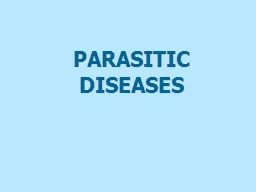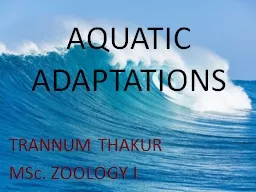PPT-PARASITIC ADAPTATIONS IN HELMINTHS
Author : Goofball | Published Date : 2022-08-03
Helminthes is derived from Greek word Helmins meaning worms The term is not correct because it is applied to all elongated invertebrates without appendages and
Presentation Embed Code
Download Presentation
Download Presentation The PPT/PDF document "PARASITIC ADAPTATIONS IN HELMINTHS" is the property of its rightful owner. Permission is granted to download and print the materials on this website for personal, non-commercial use only, and to display it on your personal computer provided you do not modify the materials and that you retain all copyright notices contained in the materials. By downloading content from our website, you accept the terms of this agreement.
PARASITIC ADAPTATIONS IN HELMINTHS: Transcript
Download Rules Of Document
"PARASITIC ADAPTATIONS IN HELMINTHS"The content belongs to its owner. You may download and print it for personal use, without modification, and keep all copyright notices. By downloading, you agree to these terms.
Related Documents

